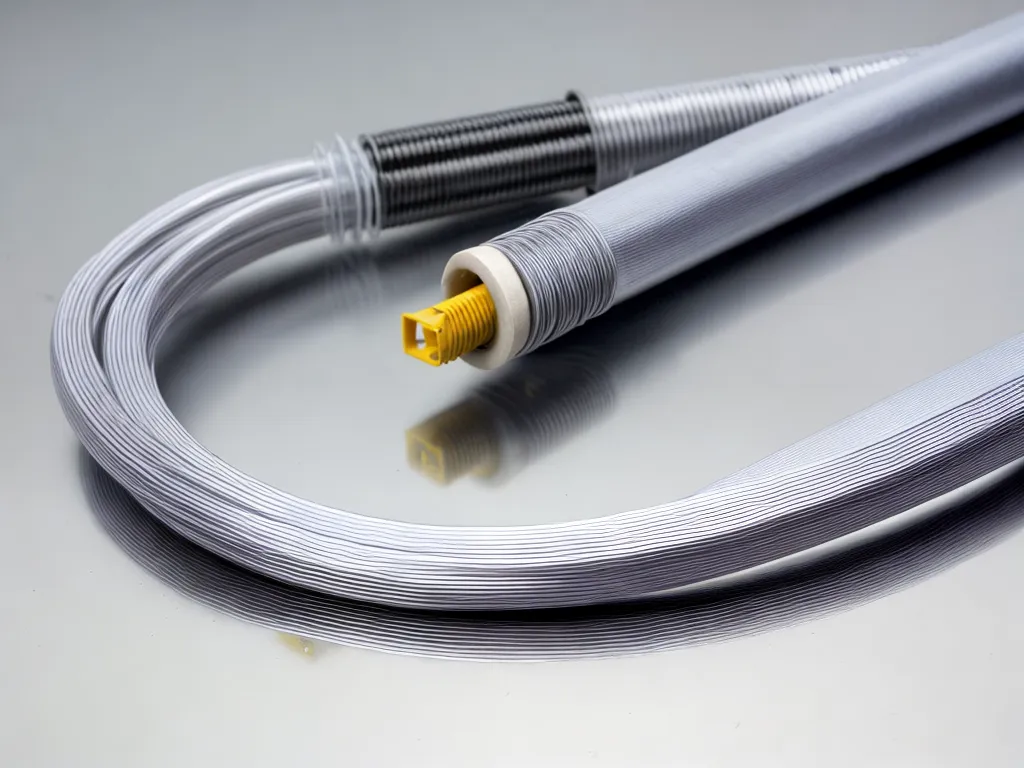
Introduction
Splicing aluminum wires requires special care and precautions. Improper connections can lead to overheating, arcing faults, and even fire. However, with the right materials and proper technique, aluminum wires can be spliced safely. In this comprehensive guide, I will cover everything you need to know about splicing aluminum wires.
Reasons for Splicing Aluminum Wires
There are a few common reasons you may need to splice aluminum wires:
- Extending circuits - Adding length to an existing aluminum wire circuit.
- Repairs - Fixing damaged or faulty wiring.
- Connecting fixtures and devices - Hooking up new lights, outlets, switches, etc.
- Upgrades - Updating wiring during renovations.
Dangers of Improper Aluminum Wire Connections
Aluminum has certain qualities that require special attention when splicing:
- Aluminum expands and contracts more than copper. This can loosen connections over time.
- Aluminum oxidizes when exposed to air. This coats the wires and prevents good contact between conductors.
- Aluminum has higher resistance than copper. Poor splices can overheat, arc, and catch fire.
Without proper technique, aluminum wire joints are prone to loosening, overheating, arcing faults, and fire hazards.
Proper Materials for Splicing Aluminum Wires
To safely connect aluminum wires, you need the right materials:
- CO/ALR rated wire connectors - Designed to bite through aluminum oxide coating.
- Anti-oxidant paste - Penetrates oxidation and improves electrical contact.
- High-quality electrical tape - For insulating and protecting splices.
Avoid standard wire nuts or splice connectors. They are prone to loosening and overheating on aluminum wires.
Step-by-Step Guide to Splicing Aluminum Wires
Follow these steps to properly splice aluminum wires:
1. Turn Off Power
Before working, shut off power to the circuit at the breaker panel. Verify it is deactivated using a contactless voltage tester.
2. Prepare the Wires
Strip back insulation about 3/4 inch using a sharp wire stripper. Do not nick or damage the wire. Remove any oxidation with emery cloth or a wire brush.
3. Apply Anti-Oxidant Paste
Thoroughly coat the exposed aluminum with anti-oxidant paste. This improves conductivity and prevents future oxidation.
4. Select the Right Connector
Choose a wire connector labeled CO/ALR and match it to the gauge of the aluminum wires being spliced.
5. Make the Mechanical Connection
Twist the stripped wires together with the connector for a sound mechanical splice, screwing tightly.
6. Check Your Work
Gently tug wires to verify a tight connection. Inspect for any loose strands or gaps in the joint.
7. Insulate the Connection
Cover the splice with electrical tape, wrapping tightly from end to end. This protects and insulates the joint.
8. Restore Power and Test
Restore power at the breaker. Turn on switches and fixtures to verify proper function. Check for overheating.
Common Mistakes to Avoid
Take care to avoid these common aluminum wire splicing errors:
- Using standard wire connectors not rated for aluminum
- Failing to clean wires before splicing
- Neglecting anti-oxidant paste
- Not torquing connections adequately
- Leaving nicks or damage in wire strands
- Skipping electrical tape insulation
Double check your work to avoid these pitfalls!
Signs of a Faulty Aluminum Wire Connection
Watch for these warning signs of a bad splice:
- Flickering lights
- Buzzing/sizzling from junction boxes
- Warmth around splice area
- Burning odor
- Discolored/melted wire insulation
If you notice any of these, disconnect power and re-do the faulty splice. Leaving it is a serious fire hazard.
When to Call an Electrician
Aluminum wiring can be DIY-friendly with the right know-how. However, for large projects or if you are ever uncertain, contact a licensed electrician. Professionals have advanced tools and hands-on training for dealing with aluminum wire. They can ensure your home's electrical safety.
Conclusion
Splicing aluminum wiring has some unique requirements. Using CO/ALR connectors, anti-oxidant paste, proper technique, and vigilance for faults, you can achieve safe and durable aluminum wire connections. With this comprehensive guide, you now have all the essential knowledge to splice aluminum wires in your home with full confidence.